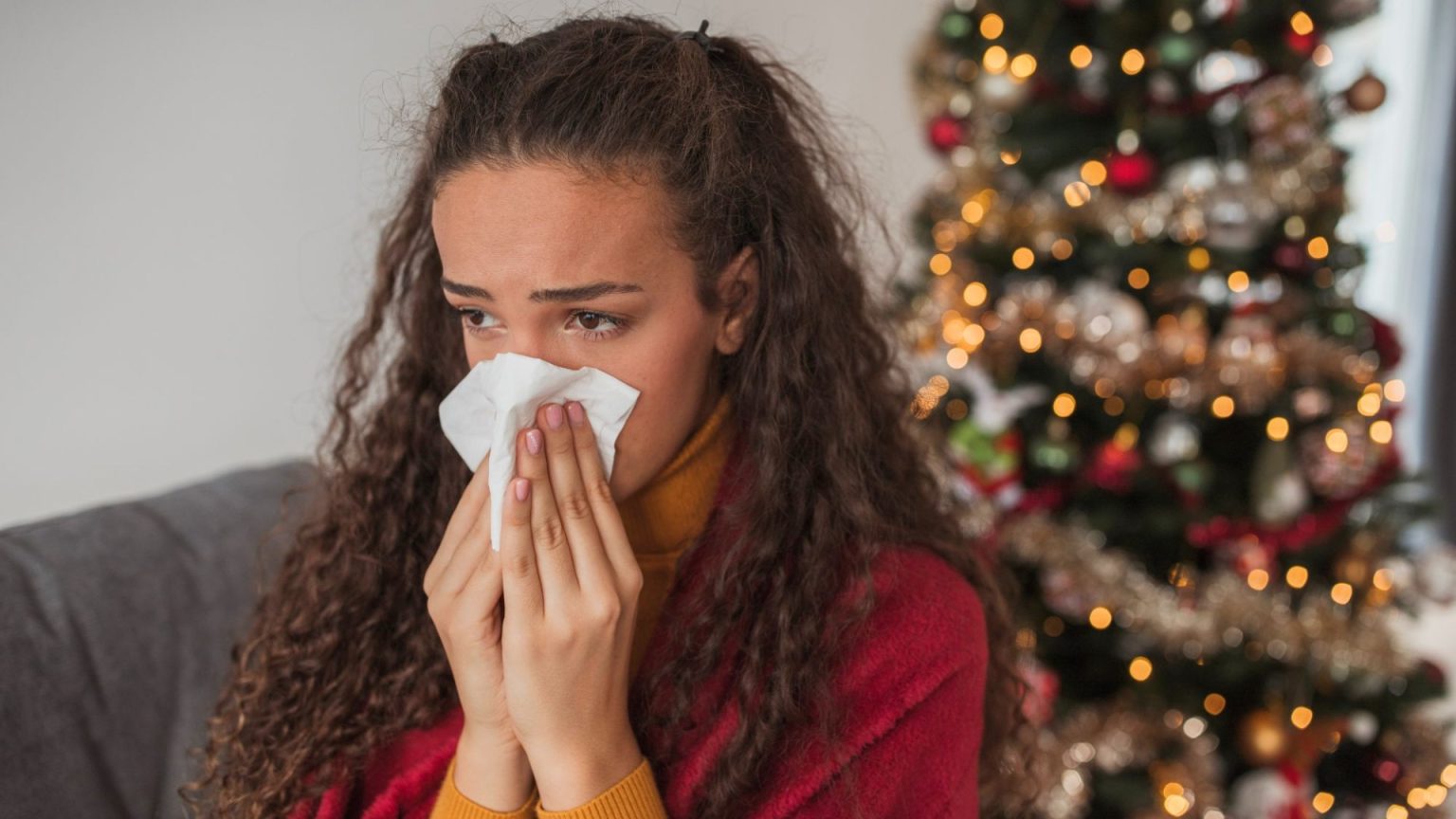The festive season brings with it a host of cherished traditions, from adorning our homes with twinkling lights and shimmering ornaments to filling the air with the aroma of pine and cinnamon. However, amidst the holiday cheer, these very decorations can pose hidden health risks, particularly for individuals susceptible to allergies, asthma, and skin conditions like eczema.
Real Christmas trees, while embodying the spirit of the season with their fresh, piney scent, can be a source of allergens. The sap and oils present on these trees can trigger contact dermatitis, a form of eczema characterized by skin irritation upon contact with certain substances. Furthermore, trees often stored in damp conditions can harbor mold spores, which, when released into the air, can exacerbate respiratory issues and trigger allergic reactions in susceptible individuals. This phenomenon, known as “Christmas Tree Syndrome,” can manifest as sneezing, coughing, watery eyes, and difficulty sleeping. While fir trees are generally less allergenic than pine trees, individuals with sensitivities should exercise caution.
Artificial trees, while seemingly a safer alternative, also carry potential health risks. Dust and mold accumulated during storage can trigger allergic reactions and asthma flare-ups when the tree is brought out and decorated. These allergens can irritate the airways, leading to coughing, wheezing, and shortness of breath.
Beyond trees, other festive decorations can also contribute to indoor air pollution. Dust accumulated on ornaments and tinsel, particularly those stored for extended periods, can trigger asthma and other lung conditions. Similarly, seemingly innocuous additions like mistletoe and holly can introduce mold spores and pollen into the home, exacerbating allergies and respiratory problems.
Scented candles and diffusers, while creating a cozy ambiance, can release harmful volatile organic compounds (VOCs) and particulate matter into the air. These pollutants can irritate the eyes, nose, and throat, and long-term exposure can increase the risk of heart disease, lung cancer, and chronic bronchitis. Even “natural” fragrances can emit harmful chemicals, emphasizing the importance of ventilation when using these products.
To minimize the health risks associated with Christmas decorations, several precautions can be taken. Artificial trees and decorations should be thoroughly cleaned before use to remove accumulated dust and mold. Real trees should be shaken outdoors to remove loose pollen and needles. Adequate ventilation is crucial when using scented candles and diffusers, and individuals with sensitivities should consider using unscented alternatives. For eczema sufferers, regular moisturizing and limiting contact with potential irritants like tree sap are essential. Asthma sufferers should be mindful of their triggers and ensure they have their reliever inhaler readily available. By taking these precautions, individuals can enjoy the festive season while minimizing potential health risks.


